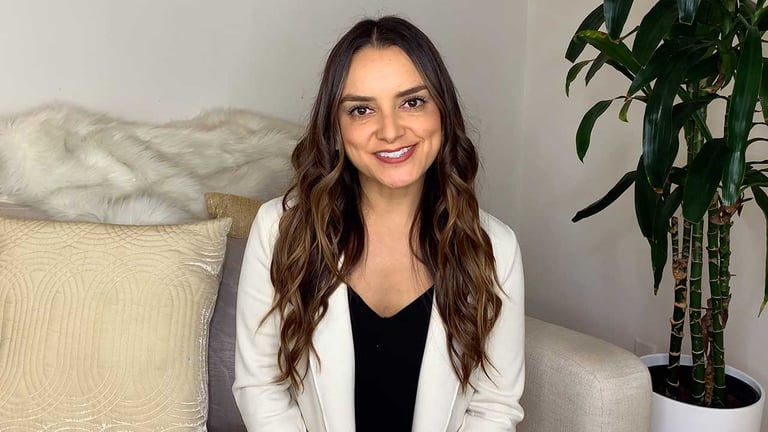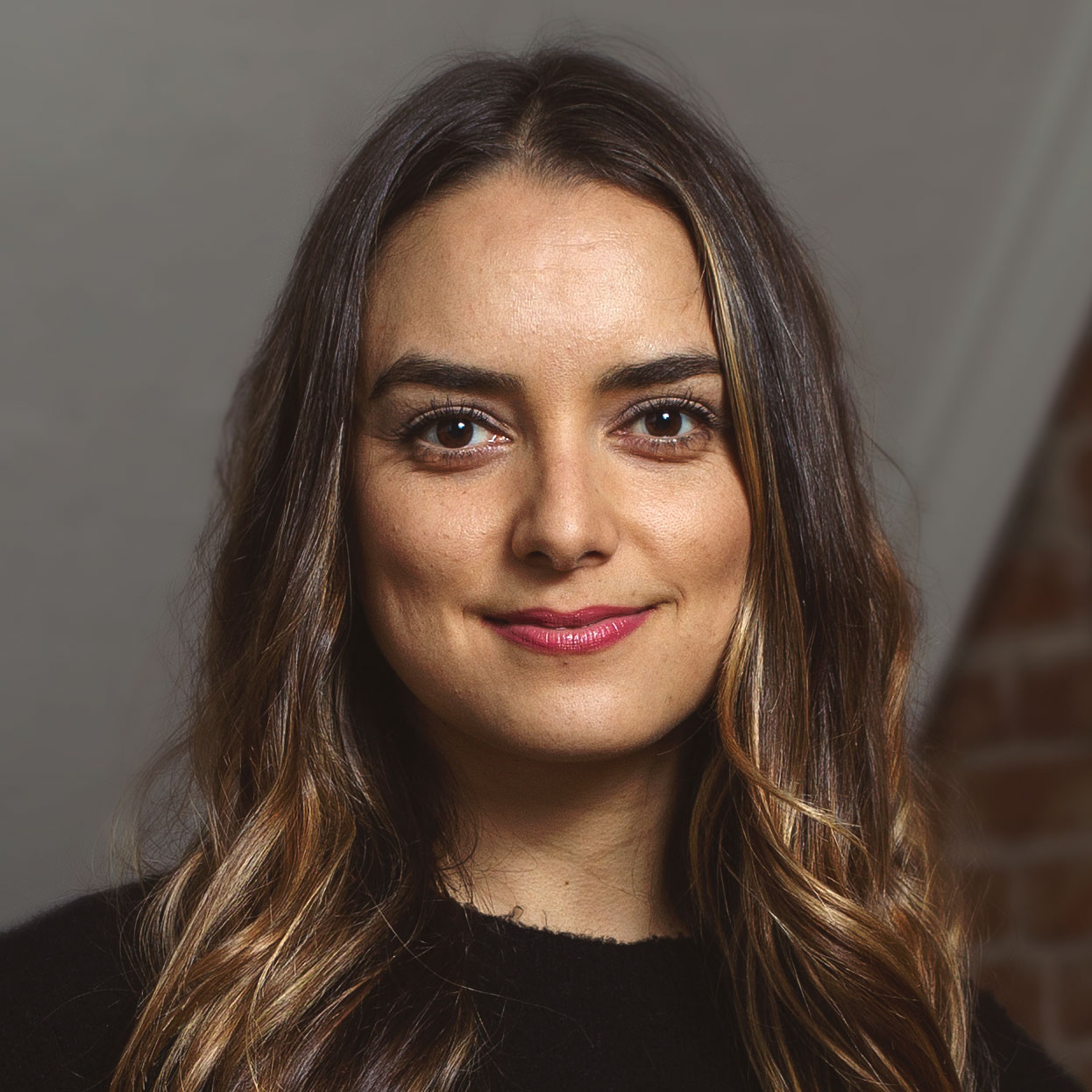
Should you pay off debt before you start saving? It’s a common question that arises when you first embark on your financial journey, and the answer is usually no.
When you look at your financial life and you have debt, it’s important to know exactly how much debt you have. This is a great exercise to do that requires just a few things: A pen, a piece of paper, and some dedicated time.
To begin, you want to list out every type of debt you have. Whether you've accumulated debt from things like paying for a wedding on a credit card, buying a home, car or student loans, you want to identify the debt and then next to it, list out a few key details:
-
- The current balance, meaning how much is still owed
- The interest rate (sometimes this requires a little research)
- The minimum monthly payment owed per month
Most of this information should be easily accessible via logging into your accounts and viewing online dashboards, but in some cases, you might need to do some digging.
Then add all these figures up to gain a clear total of what your debt is. Now it can be overwhelming to see one large sum, but don’t be discouraged. Having an understanding of your situation will help you plan towards how to balance paying off your debt, while still continuing to save for the future.
Which is why it’s important to also list out how much you have in your savings account or set aside as a cash cushion.
From here, let’s drill down to your monthly budget. We generally recommend the 50/20/30 rule of thumb for allocating monthly income. For those that need a refresher, the breakdown is as follows: 50% of your monthly income goes towards fixed costs, 20% into savings, and the remaining 30% is for you to spend at your leisure.
Looking at the 20%, determine how much of that can be divided between your cash cushion and paying down your debt (the amount will be very specific to your own cash flow).
For example, let’s say you have $300/month that you can allocate to your savings and debt. You want to take a look at which debt has the highest interest rate and put $200 towards that payment (while still making the minimum payment on the rest, since that should be covered in your monthly fixed costs) and then put the remaining $100 into your emergency fund.
So why take this approach instead of paying off all your debt as quickly as possible?
Because — simply put — life happens. In the occurrence of an unexpected event, like a medical emergency, a reduction of income, or something breaks that needs to be replaced, it’s a good idea to have a cash cushion that you can rely on. Typically, having a few thousand dollars in the bank that you can fall back on is a comfortable cushion.
It’s a balancing act when it comes to paying off debt and savings at the same time, but with the right plan in place, it’s an achievable goal.
And as with most financial plans, getting a strategy in place is just the beginning. Follow your plan and continuously evaluate and pivot based on your progress and what makes the most sense for your financial future.
Click here to learn more about savings, and be sure to subscribe, so you never miss an episode of Learn.
About Learn
Financial advice for real people, by real people. You shouldn't need a degree to understand your money. Join Head of Education, Brittney Castro and Altruist mentors as they break down financial tips and strategies in a real way to help you finally understand how to achieve your financial goals faster.
Have a question you want to see answered? Ask it here. 🙋♀️

